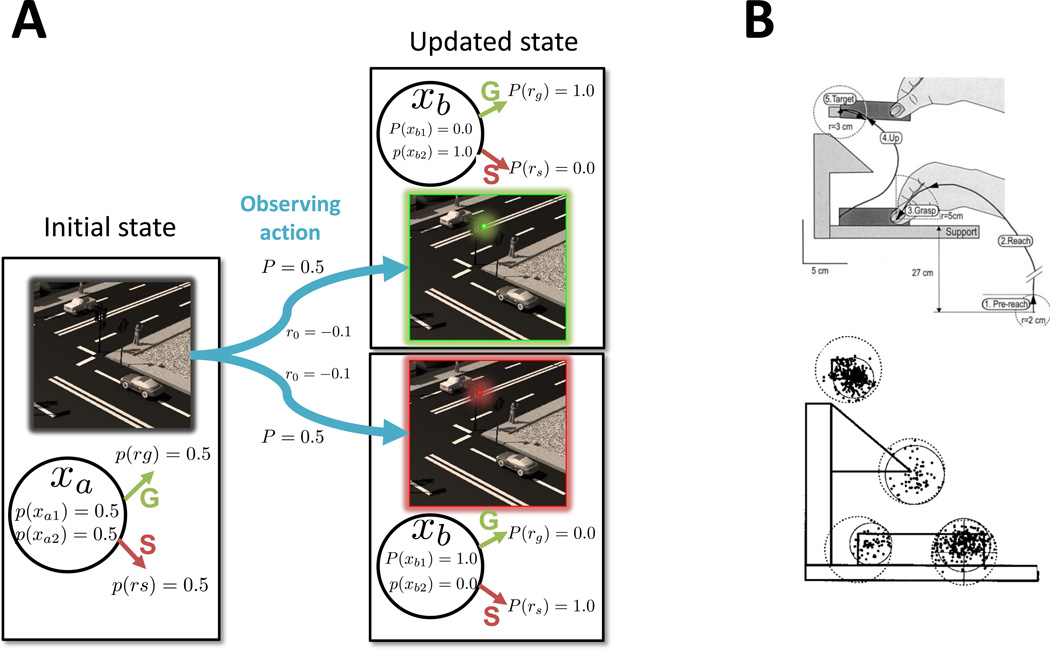Fig. 1. Information search while executing a known task.
A. Description of an observing action – looking at the traffic light at an intersection – using a POMDP. The observer starts in state xa, where he arrives at an intersection and can take two actions, stop (S) or proceed (G). State xa can be described as a stochastic mixture of two states xa1 and xa2, which are consistent with, respectively, stopping or proceeding and have equal probabilities of 0.5. Thus, the expected probability of successfully crossing the intersection for either action from this state is 0.5. (For simplicity we assume that reward magnitudes are equal and constant for S and G.) On the other hand, the agent can take an observing action that transitions him to states xb1 or xb2. These two states are equiprobable (p = 0.5), and transitioning to each is associated with a cost, ro < 0, related to the time and effort of the visual discrimination. However, these states no longer have uncertainty. The agent can take action S from xb1 (where the light is red), or action G from xb2 (where the light is green) and in either case have a high likelihood of success. B. Eye movements during a visuomanual task. The top panel shows the manual task. Starting from an initial position (Pre-reach), subjects reached and grasp a rectangular block (Grasp), brought the block up to touch a target (Target) and returned it to the initial position (not shown). The bottom panel shows the distribution of fixations during the task. Fixations precede the hand’s trajectory, with 90% of them (solid circles) falling within landmark zones (dotted circles), which are the task-relevant contact points (of the fingers with the block, the block with the table and the block with the target) and a potential obstacle (the protruding corner). This fixation pattern is highly consistent across observers and notably, includes almost no extraneous fixations, or fixations on the hand itself, Adapted with permission from (Johansson, Westling et al. 2001).

